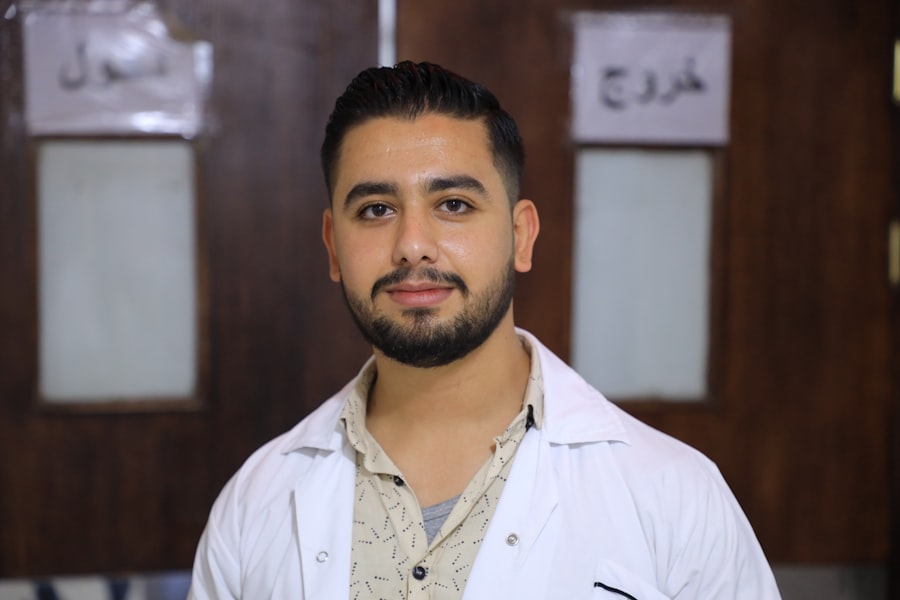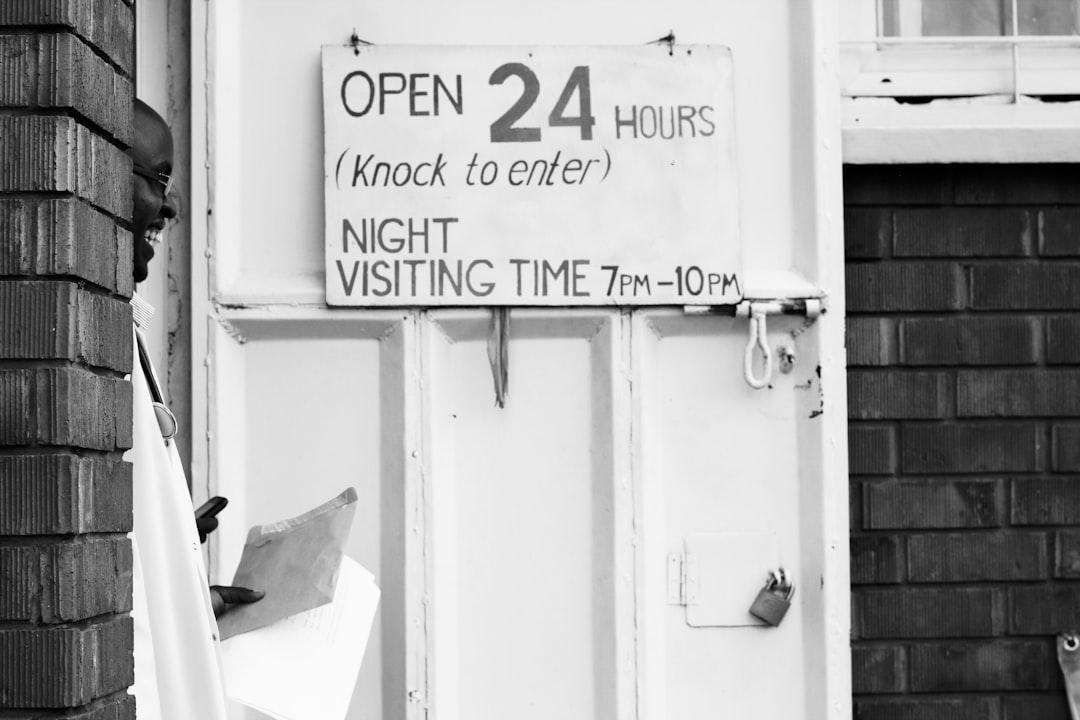In Norway, the healthcare system is renowned for its efficiency and accessibility, with the Legevakt serving as a crucial component of emergency medical services. The term “Legevakt” translates to “emergency care” and refers to a network of medical facilities that provide urgent care for non-life-threatening conditions. This system is designed to alleviate pressure on hospitals and ensure that individuals receive timely medical attention when they need it most.
The Legevakt operates outside of regular office hours, making it an essential resource for those who require immediate assistance but do not have life-threatening emergencies. The Legevakt is particularly significant in a country like Norway, where vast geographical distances can make access to healthcare challenging. With a commitment to providing high-quality care, the Legevakt is staffed by trained medical professionals who are equipped to handle a variety of urgent health issues.
Understanding how the Legevakt functions is vital for both residents and visitors, as it can significantly impact their experience during a medical emergency. Book your 1-hour strategy session with Norway Relocation Group.
Summary
- Legevakt is Norway’s emergency medical service, providing urgent care for non-life-threatening conditions.
- The role of the Legevakt is to provide medical assistance outside of regular doctor’s office hours.
- Accessing Legevakt services can be done by calling the national emergency number or visiting a local Legevakt clinic.
- When visiting the Legevakt, expect to be triaged and treated by a team of medical professionals.
- The Legevakt provides a range of medical care, from minor injuries to acute illnesses, and can also provide referrals to specialists if needed.
Understanding the Role of the Legevakt
The primary role of the Legevakt is to provide immediate medical care for conditions that require urgent attention but are not severe enough to warrant a visit to a hospital’s emergency department. This includes ailments such as minor injuries, infections, and acute illnesses. The Legevakt serves as a bridge between general practitioners and hospital emergency services, ensuring that patients receive appropriate care without overwhelming hospital resources.
In addition to treating physical ailments, the Legevakt also plays a vital role in mental health crises. Trained staff are available to assist individuals experiencing psychological distress, ensuring that they receive the necessary support and intervention. This holistic approach to healthcare underscores the importance of the Legevakt in promoting overall well-being within the community.
How to Access the Legevakt Services

Accessing Legevakt services is relatively straightforward, although it may vary slightly depending on the region. Generally, individuals can visit their local Legevakt facility without an appointment during operating hours. In larger cities, there may be multiple Legevakt locations, each catering to different areas.
It is advisable to check online or contact local health authorities for information on the nearest facility. For those who are unsure whether their condition warrants a visit to the Legevakt, there is often a telephone service available where individuals can speak with a healthcare professional. This service can provide guidance on whether a visit is necessary or if alternative care options are more appropriate.
It is important to note that while the Legevakt is accessible without prior arrangements, waiting times may vary based on patient volume and the severity of cases being treated.
What to Expect When Visiting the Legevakt
Upon arriving at the Legevakt, patients can expect a welcoming environment designed to facilitate prompt medical attention. The first step typically involves registering at the reception desk, where personal information and details about the medical issue will be collected. This initial assessment helps staff prioritise cases based on urgency, ensuring that those in greater need receive care first.
Once registered, patients will be directed to a waiting area until a healthcare professional is available to see them. The waiting time can vary significantly depending on the number of patients and the complexity of their conditions. While waiting, patients may notice that the atmosphere is generally calm and organised, with staff members actively monitoring the situation to ensure efficient service delivery.
It is advisable for patients to remain patient and prepared for potential delays, especially during peak hours.
Types of Medical Care Provided at the Legevakt
The Legevakt provides a wide range of medical services tailored to address urgent health concerns. Common conditions treated include cuts, sprains, minor fractures, skin infections, and respiratory issues such as asthma attacks or severe colds. Additionally, the Legevakt can administer vaccinations and provide treatment for allergic reactions or gastrointestinal disturbances.
Beyond physical ailments, mental health support is also an integral part of the services offered at the Legevakt. Trained professionals are equipped to handle crises such as anxiety attacks or severe depression, ensuring that individuals receive appropriate care and referrals if necessary. This comprehensive approach highlights the Legevakt’s commitment to addressing both physical and mental health needs within the community.
Understanding the Cost of Legevakt Services

In Norway, healthcare services are largely funded through taxation, which means that many citizens benefit from subsidised medical care. However, there are still costs associated with visiting the Legevakt that patients should be aware of. Typically, there is a nominal fee for consultations at the Legevakt, which may vary depending on factors such as age and residency status.
For residents of Norway, this fee is often lower than what one might expect in other countries due to the public funding model. However, for foreigners or tourists seeking care at the Legevakt, it is essential to understand that they may be subject to different pricing structures. It is advisable for visitors to have travel insurance that covers medical expenses or be prepared to pay out-of-pocket for services rendered.
Understanding when to visit the Legevakt versus an emergency room (ER) is crucial for ensuring appropriate care. The Legevakt is designed for non-life-threatening situations that require urgent attention but do not pose an immediate risk to life or limb. Examples include minor injuries, infections, or acute illnesses that need prompt treatment but are not critical.
Conversely, individuals should head directly to an emergency room for life-threatening conditions such as severe chest pain, difficulty breathing, significant trauma from accidents, or any situation where immediate intervention is necessary. Knowing this distinction can help streamline healthcare delivery and ensure that patients receive timely and appropriate care based on their specific needs.
Tips for Communicating with Legevakt Staff
Effective communication with Legevakt staff is essential for receiving optimal care during your visit. For those who may not speak Norwegian fluently, it can be beneficial to learn some basic phrases related to medical issues or bring along a translation app or device. Many healthcare professionals at the Legevakt are accustomed to dealing with non-Norwegian speakers and may have varying levels of English proficiency.
When communicating your symptoms or concerns, it is important to be clear and concise. Providing relevant details such as when symptoms began, any previous medical history related to your condition, and any medications you are currently taking can greatly assist staff in diagnosing and treating your issue effectively. Being open about your concerns will also help foster a collaborative relationship with healthcare providers.
Navigating the Legevakt System as a Foreigner
For foreigners visiting Norway, navigating the Legevakt system may seem daunting at first; however, understanding how it operates can ease this process significantly. It is advisable for visitors to familiarise themselves with local healthcare resources before travelling, including identifying nearby Legevakt facilities and understanding their operating hours. In addition, having travel insurance that covers medical expenses can alleviate financial concerns should you need to access services at the Legevakt.
Many insurance providers offer assistance hotlines that can guide you through the process of seeking care in a foreign country. Being prepared with this knowledge will help ensure that you receive timely medical attention without unnecessary stress.
Important Information to Have When Visiting the Legevakt
When visiting the Legevakt, there are several key pieces of information that can facilitate your experience. Firstly, having identification documents such as a passport or national ID card is essential for registration purposes. If you are a foreigner, it may also be helpful to carry your travel insurance details in case you need assistance with payment or coverage verification.
Additionally, bringing along any relevant medical records or information about pre-existing conditions can aid healthcare professionals in providing appropriate care tailored to your needs. If you are taking any medications or have allergies, be sure to communicate this information clearly during your visit.
Resources and Support Available After Visiting the Legevakt
After receiving treatment at the Legevakt, patients may require follow-up care or additional support depending on their condition. Healthcare professionals will typically provide guidance on next steps during your visit, including any necessary referrals to specialists or recommendations for further treatment. For those who may need ongoing support or resources related to mental health or chronic conditions, various community organisations and support groups are available throughout Norway.
These resources can offer valuable assistance in navigating recovery and maintaining overall well-being after an urgent health issue has been addressed. In conclusion, understanding how the Legevakt operates within Norway’s healthcare system is essential for both residents and visitors alike. With its focus on providing urgent care for non-life-threatening conditions and its commitment to holistic health support, the Legevakt plays a vital role in ensuring that individuals receive timely medical attention when needed most.
For those looking to enhance their experience in Norway further—especially if they plan on staying long-term—the Norwegian Language School (NLS) offers comprehensive Norwegian courses tailored for all levels of learners. Mastering the language not only facilitates better communication during visits like those at the Legevakt but also enriches one’s overall experience in this beautiful country.
Speak Norwegian with confidence. Enroll in a class at the NLS Norwegian Language School now.

